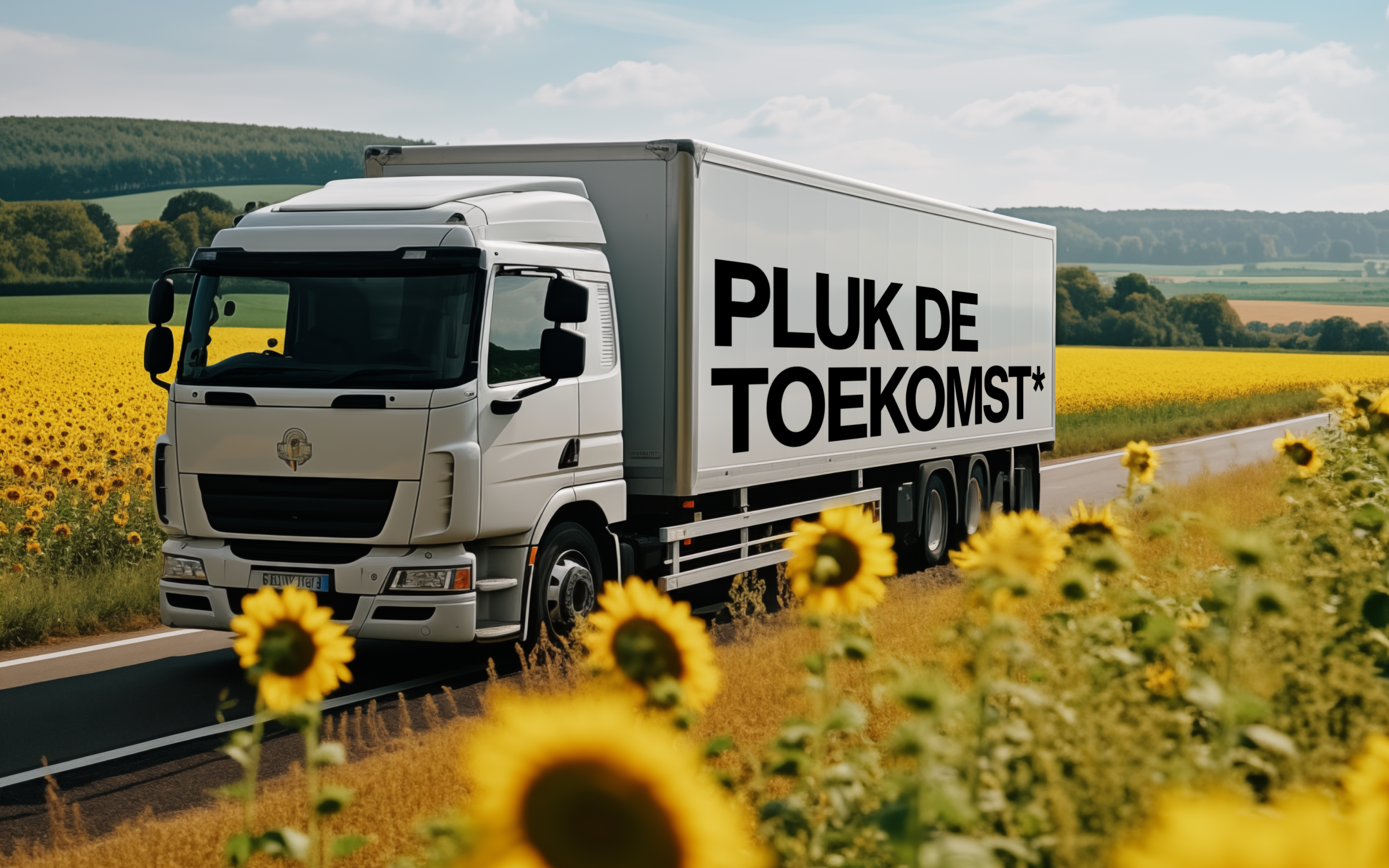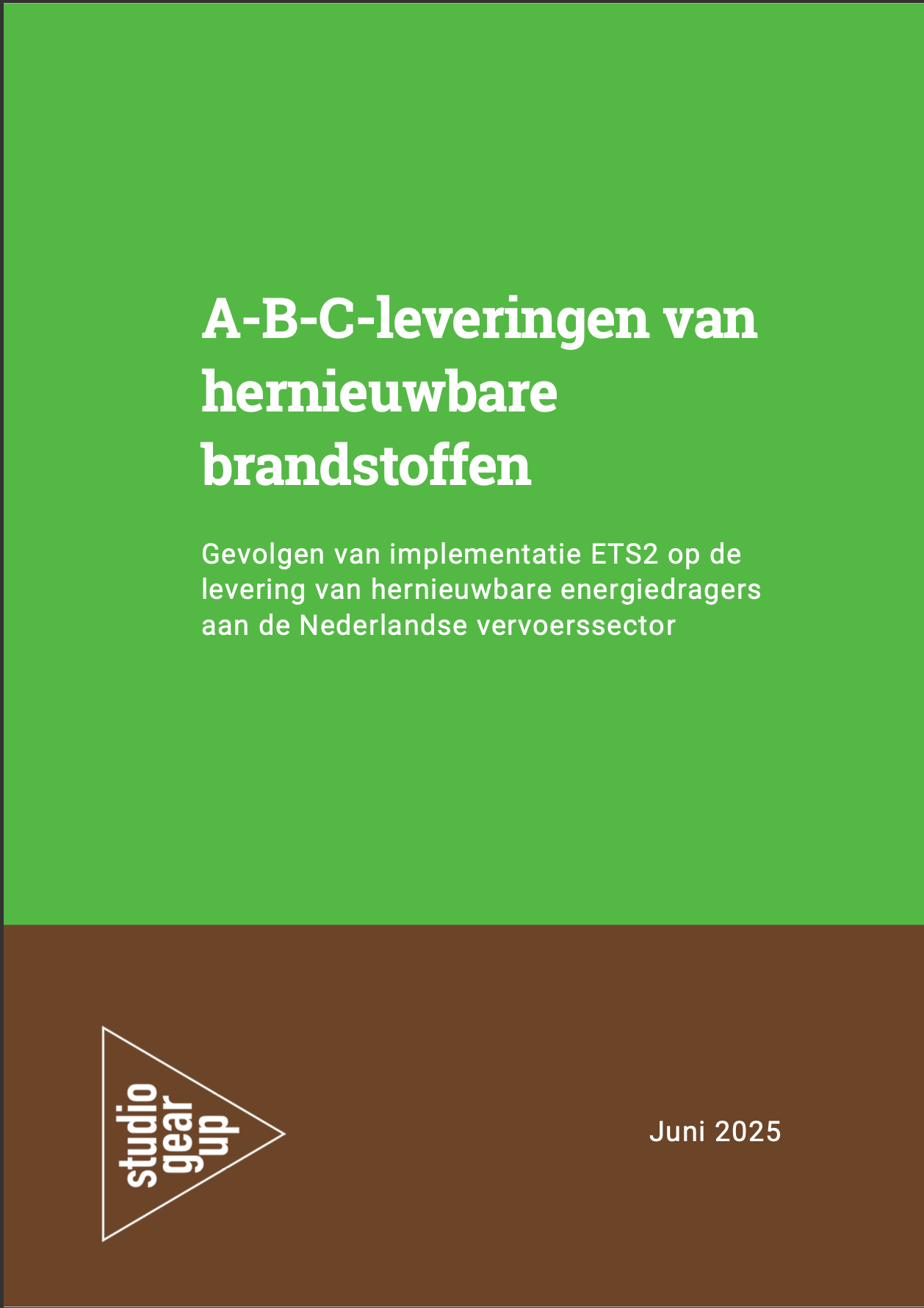Wageningen University & Research: Circularity Analysis Tool project – The circularity of residual flow utilisation | 2024

Residual flows from agricultural products are full of valuable components for which many applications are often possible. The challenge is to use each component in raw materials as optimally as possible for the highest value application.
Wageningen Food and Biobased Research, which is part of the Wageningen University & Research (WUR), developed a Circularity Assessment Tool (CAT) for bio-based raw materials such as crops, by products, and residual flows to maximise the value creation and sustainability of agri-food production. Their method provides an estimate and comparison of the yield of various utilisation routes to end-products, such as: direct use, via animal feed or soil to food, materials and energy. This is based on the composition of a bio-based raw material. In other words, the tool can quantify the extent to which different applications of the same residual flows are circular. In addition, effects on greenhouse gas emissions can also be estimated per application route. Such a tool can be valuable to entrepreneurs to answer questions such as: how can agricultural products and residues be used in more circular ways? Or how can maximum value creation be combined with preservation of soil value?
The WUR project was recently awarded a budget from the Top-sector Agri & Food and Horticulture & Starting Materials (in Dutch: Top-sector Agri & Food en Tuinbouw & Uitgangsmaterialen) as part of the Kennis op Maat (KoM; Tailor-made Knowledge) program which focuses onthe translation of existing knowledge into practical actions. The goal is thus to translate the outcomes of this tool into practical actions for SMEs. With this budget, the KoMCirc project aims to make the tool available, develop case studies by working withcompanies on circular decision-making and develop workshops and curriculum materialsfor universities and professionals.
Platform Renewable Fuels has contributed to the financing of this project as we believe that the use of such tool can be beneficial to the acceleration of the bio-based and circular transition. We also recognise that agricultural flows, residues and by-products hold valuable properties which could be utilised by transforming them into useful materials. For instance, soil amendments, fuels or chemicals and other bio-based products. This tool could aid decision making and enable the highest circularity and sustainability application of residual flows.
Find out more about the Circularity Assessment Tool (CAT) by reading the report here.

 Download hereVisit Website
Download hereVisit WebsiteRecente artikelen
Impact van ETS2 op A-B-C-leveringen

ETIP Bioenergy: Position paper on sustainable biomass supply | 2025

